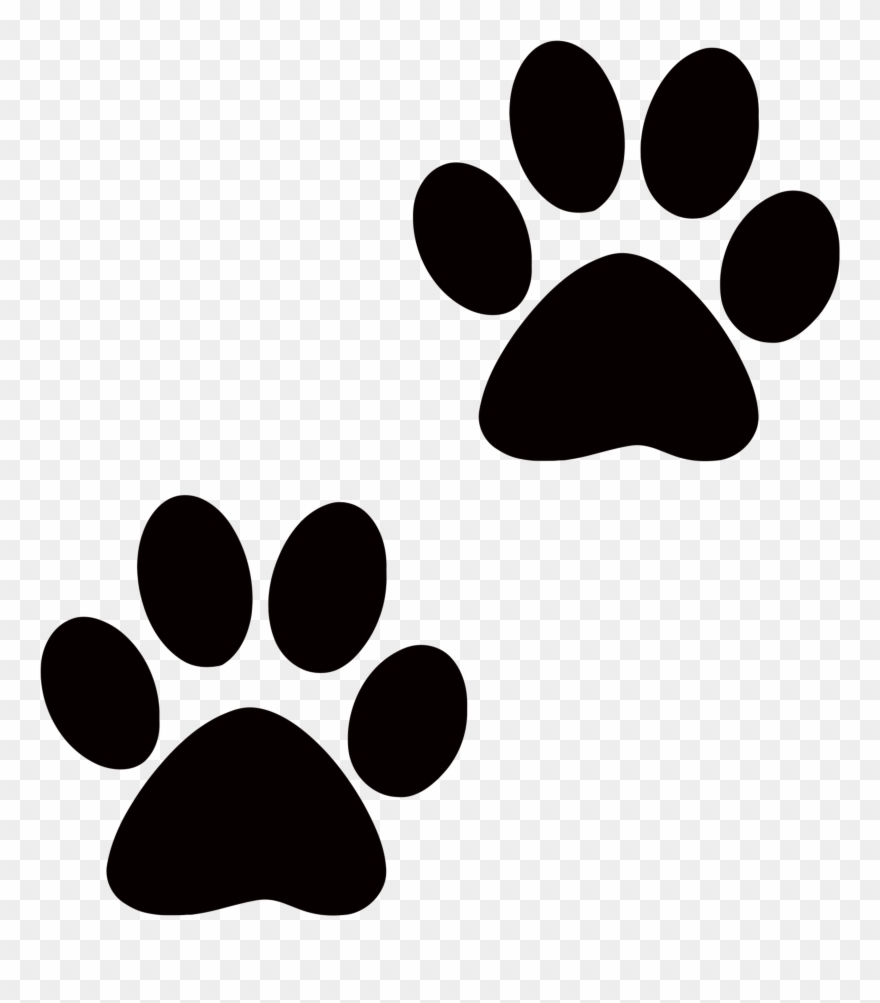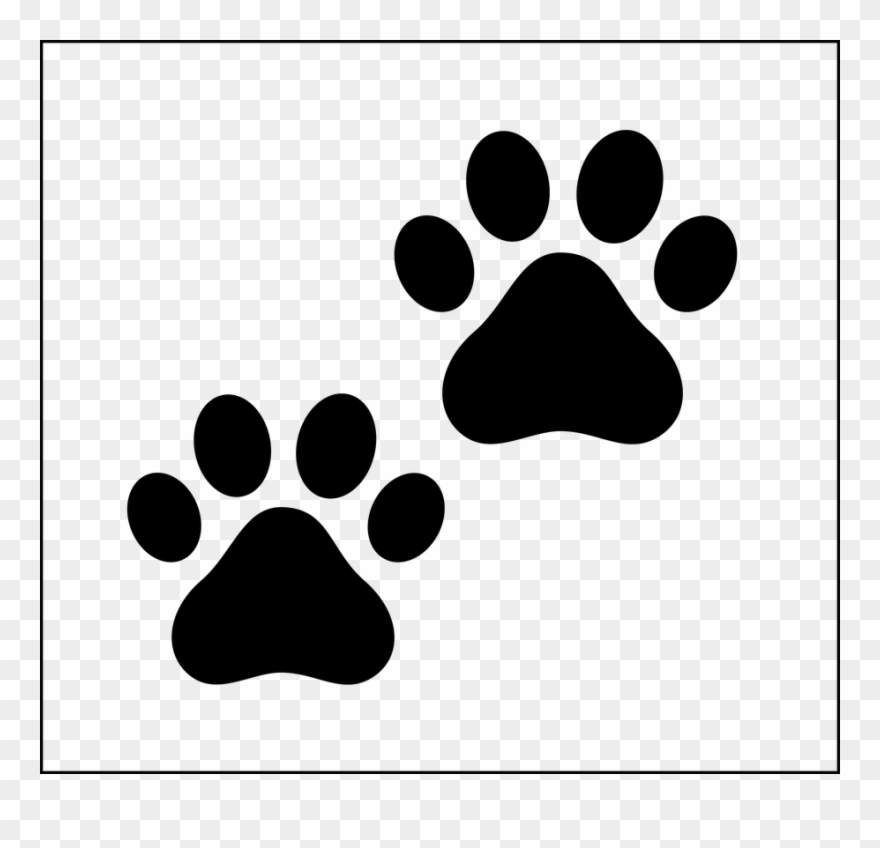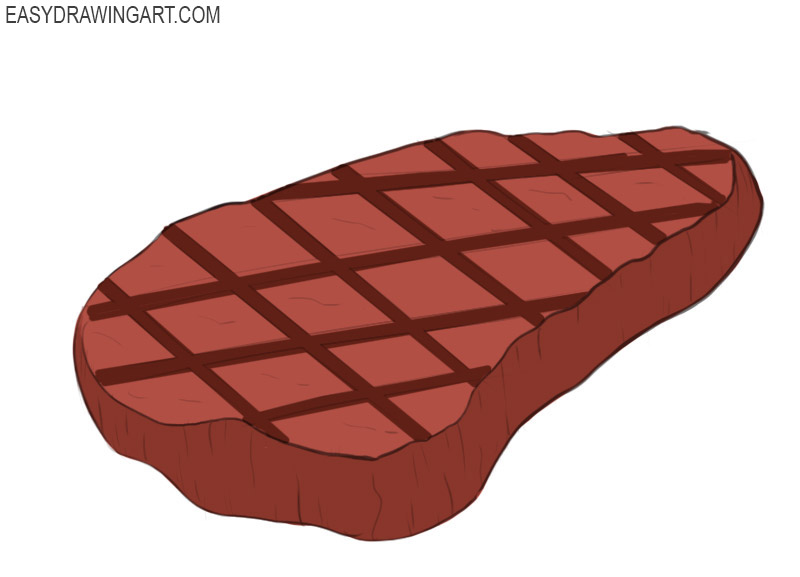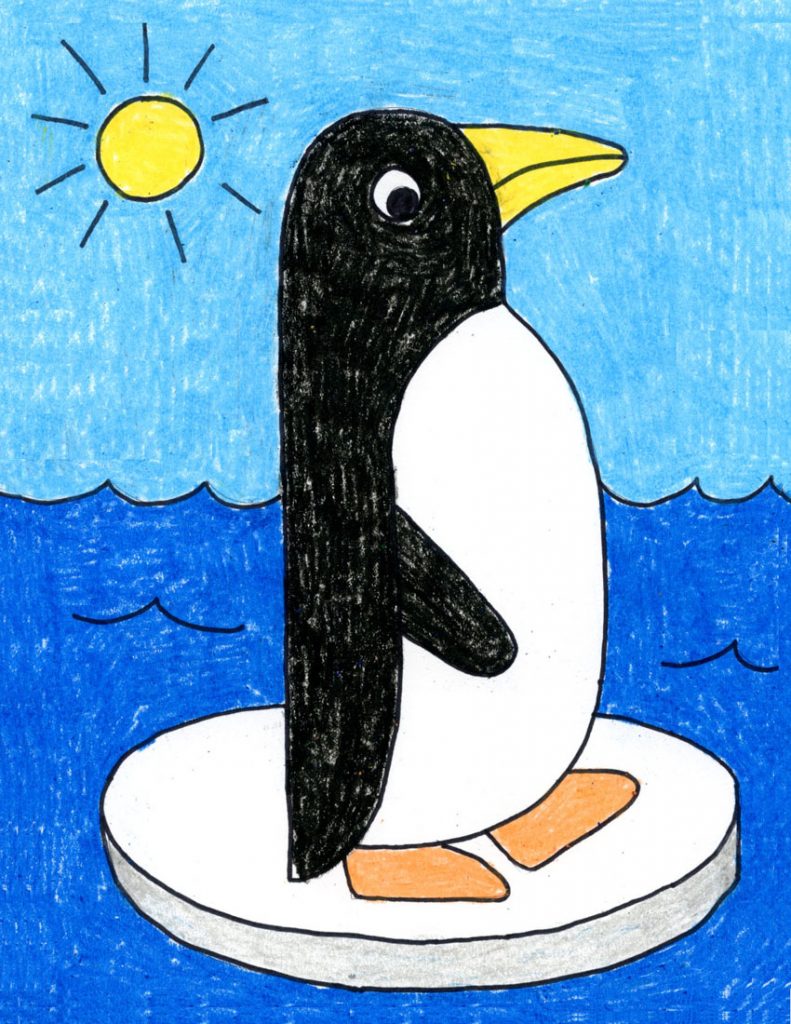Cat draw drawing paws paw cats warrior tutorial drawings clipart sketches clip google furry animal reference realistic sketch animals larger
Table of Contents
Table of Contents
Do you struggle with drawing paws? If so, you’re not alone. Many artists find it challenging to capture the intricacies of animal paws in their artwork. But fear not, with a little practice and guidance, you can learn how to draw paws like a pro.
How to Draw Paws: Tips and Tricks
When it comes to drawing paws, there are a few common pain points that artists often struggle with. These include getting the proportions right, accurately depicting the texture and shape of the paw pads, and capturing the subtle details that make each paw unique. If you’ve ever found yourself grappling with these issues, then read on.
To begin with, it’s important to have a good understanding of the structure and anatomy of the paw. Different animals have different types of paws, so it’s worth taking the time to research the specific type of paw you want to draw. Once you have a basic understanding of the paw’s anatomy, you can start practicing sketching the different components.
The key to drawing realistic-looking paws is to pay attention to the details. Take a close look at reference images of real paws and try to replicate what you see in your own drawings. This could include the shape and size of the paw pads, the length and thickness of the claws, and the position of the toes.
Practice Makes Perfect
When I first started trying to draw paws, I found it incredibly challenging. But I persisted, and over time, I’ve learned some tips and tricks that have helped me improve. One of the things that’s made the biggest difference is practicing regularly. By drawing paws on a regular basis, I’ve become more familiar with the anatomy and structure, which has made it easier for me to draw them with greater accuracy.
Another thing that’s helped me is using reference images. I like to gather a variety of images of different types of paws and use them as a reference when I’m sketching. This helps me to get a sense of the different shapes, sizes, and textures of paws.
Adding Texture and Detail
Once you have the basic structure of the paw down, you can start adding texture and detail. One technique that can be effective is to use a variety of line weights to create a sense of depth and texture in the paw pads and fur. You can also experiment with different shading techniques to create a sense of light and shadow.
The Importance of Patience
One of the most important things to keep in mind when learning how to draw paws is that it takes time and patience. Don’t get discouraged if your first few attempts don’t turn out the way you want them to. Keep practicing, and remember that every mistake is an opportunity to learn and improve.
Experimenting with Different Mediums
Finally, don’t be afraid to experiment with different drawing mediums. Different mediums can produce different textures and effects, so it’s worth trying out a few different options to see what works best for you. Whether you prefer pencils, pens, or paint, there’s no right or wrong way to draw paws.
Question and Answer Section
Q: What’s the best way to practice drawing paws?
A: The best way to practice is to draw consistently and use reference images to guide your work. It can also be helpful to break the paw down into smaller components and focus on sketching each part individually.
Q: How do I know when my paw drawing is accurate?
A: One way to check your accuracy is to compare your drawing to a reference image of a real paw. You can also ask for feedback from other artists or test your drawing against different poses and angles.
Q: What should I do if I’m struggling to get the proportions right?
A: If you’re struggling with proportions, try breaking the paw down into basic shapes and focusing on getting those shapes right before adding in more detail. It can also be helpful to use a grid to help you stay on track.
Q: Are there any common mistakes to watch out for when drawing paws?
A: One common mistake is to make the paw pads too small or too large. It’s also important to pay attention to the angle and position of the toes, as this can greatly affect the overall look of the paw.
Conclusion of How to Draw Paws
Drawing paws can be challenging, but with practice and patience, anyone can learn to do it well. By paying close attention to the details and using reference images to guide your work, you can create realistic and compelling paw drawings that capture the beauty and complexity of these remarkable body parts.
Gallery
Paws Clipart Easy Dog, Paws Easy Dog Transparent FREE For Download On

Photo Credit by: bing.com / clipart dog paw paws easy transparent collection quality webstockreview background pinclipart
Cat Anatomy For Drawing At GetDrawings | Free Download

Photo Credit by: bing.com / paw drawing cat anatomy reference paws animal draw drawings tutorial cats furry feline lion tutorials deviantart redo tips ninjakato dog
Savanna Williams: How To Draw Cat Paws

Photo Credit by: bing.com / cat draw drawing paws paw cats warrior tutorial drawings clipart sketches clip google furry animal reference realistic sketch animals larger
Lion Paw Tutorial By JustAutumn On DeviantArt

Photo Credit by: bing.com / drawing paw lion tutorial draw deviantart cat drawings paws animal furry lions getdrawings choose board favourites king tutorials
Paws Clipart Svg, Paws Svg Transparent FREE For Download On

Photo Credit by: bing.com / paw clipart print cat drawing svg paws clip royalty dog clipartmag webstockreview clipground africa library pinclipart





